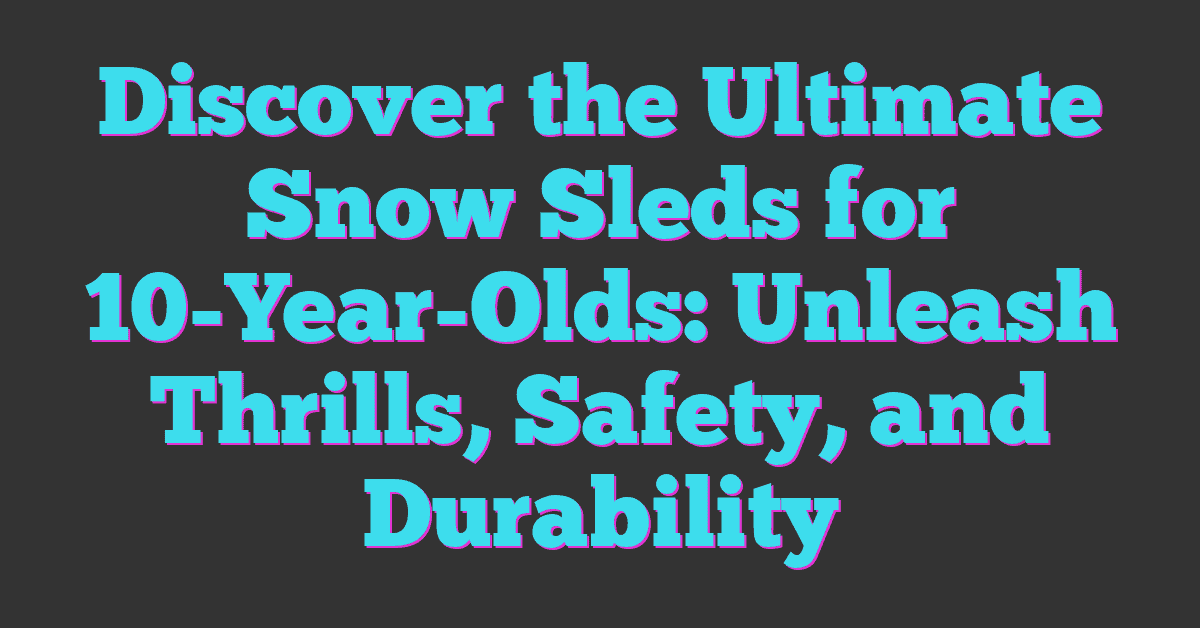Hitting the slopes is one of my favorite ways to embrace winter’s thrill, but I’ve learned that the mountains demand respect. Avalanches are a real danger, and understanding how to spot the risks can make all the difference between an epic day and a dangerous one. It’s not just about the adrenaline—it’s about staying safe while enjoying the ride.

I’ve found that being aware of your surroundings and knowing what to look for can help you make smarter decisions. From subtle signs in the snow to weather patterns that raise red flags, recognizing avalanche risks isn’t as complicated as it might seem. It’s all about preparation and awareness, so let’s dive into the essentials to keep your adventures both fun and safe.
Understanding Avalanche Risks
As someone who spends every possible moment on the slopes, I’ve learned that no run is worth ignoring avalanche safety. Recognizing risks and staying informed can turn a life-threatening scenario into just another day of powder-filled fun.
What Are Avalanches?
Avalanches occur when a mass of snow collapses and slides downhill. They often feature layers of snow weakening under pressure, triggering instability. Wet, slab, and loose snow avalanches are three main types to look for. Slab avalanches, where a large sheet of snow breaks away, are the most dangerous.
Common Causes of Avalanches
Snowfall: Heavy, recent snowfall often increases the odds. It adds weight and tension to existing snow layers.
Wind: Wind can create snowdrifts or weak cornices that collapse under pressure.
Temperature changes: Rapid warming can weaken the snowpack, especially on sunny days.
Human activity: Skiers and snowboarders crossing weak spots can trigger slides without warning.
The Importance of Spotting Risks
Spotting avalanche signs keeps you safe to enjoy the slopes fully. Look for cracking snow, ‘whumpfing’ sounds, or fresh avalanches in the area. Assess slope angles, as those between 30–45 degrees are most prone to slides. Stay updated on avalanche forecasts and never hesitate to carry safety gear like a beacon, probe, and shovel.
Key Signs of Potential Avalanche Risks
Spotting avalanche risks has become second nature to me after years on the slopes. By paying attention to a few critical factors, I can enjoy my time on the mountain while minimizing risks.
Observing Weather Conditions
Weather often signals potential dangers. Heavy snowfall over 12 inches within 24 hours creates unstable layers in the snowpack. Strong winds above 15 mph transport snow to leeward slopes, leading to dangerous accumulation. Rapid warming patterns, particularly when temperatures rise above freezing, can weaken snow stability. I always check official avalanche forecasts and watch real-time weather changes to stay informed.
Identifying Snowpack Weaknesses
Snowpack tells the story of the mountain. Layers with noticeable differences in hardness can create instability. For example, a layer of harder snow over soft, sugary snow (faceted grains) often leads to slab slides. I test by digging small pits to examine layers or notice when my skis sink unevenly. “Whumpfing” sounds or visible cracks spreading across the surface are surefire signs of a weak snowpack.
Watching for Recent Avalanche Activity
Recent avalanches are nature’s loudest warning sign. Small slides on nearby slopes indicate instability, especially after heavy snow, rain, or wind events. If I see fresh debris piles, broken trees, or smooth, cleared paths through the snow, I take it as a clear cue to avoid similar terrain. Documented incidents on avalanche forecast sites give additional insight into local conditions.
Evaluating Terrain Features
Certain terrains are more avalanche-prone. I steer clear of slopes angled between 30-45 degrees, as they produce most avalanches. Convex rollovers, where slopes change from flat to steep, often trigger slides. Narrow gullies funnel snow into powerful forces during a slide, making them especially dangerous. While traversing below ridgelines, I pay attention to overhanging cornices, as they can break under pressure. My line choices always prioritize lower-risk zones, especially on high-risk days.
Tools and Techniques for Assessing Risks
Spotting avalanche risks starts with preparation. I use reliable tools and techniques on every trip to help make informed decisions and stay safe on the slopes.
Using Avalanche Forecasts
I always check the avalanche forecast before heading out. Local avalanche centers provide crucial updates on snow stability, weather conditions, and hazard levels. These forecasts, rated from low to extreme, guide me in choosing safer areas to ski. For instance, if the hazard level is considerable or higher, I rethink my plans and avoid risky terrain. Websites and apps like Avalanche.org and regional resources make it easy to access this information.
The Role of Avalanche Safety Gear
I never hit the backcountry without safety gear. My essentials include a beacon, probe, and shovel—tools that could save my life or someone else’s. The beacon helps locate buried skiers, the probe pinpoints their position, and the shovel speeds up recovery. I also carry an airbag pack to increase survival chances in case of a slide. Regular practice with this gear, including mock rescue drills, keeps me confident in emergencies.
Practicing Snowpack Tests
Snowpack tests are a vital part of my routine on the slopes. I love digging snow pits to examine layers in the snowpack, looking for unstable ones like weak, sugary layers. Compression tests, where I tap on a column of snow to see if it collapses, help identify potential failure points. If I find evidence of instability, like sudden fractures, I adjust my route to avoid steep slopes. Practicing these tests has improved my understanding of snow conditions and boosted my confidence in making safer choices.
Best Practices for Staying Safe
Staying safe in avalanche terrain means combining knowledge, preparation, and teamwork. I’ve learned that being proactive on the slopes can make all the difference when venturing into challenging conditions.
Travel Tips in Avalanche-Prone Areas
I always plan my route carefully, sticking to safer terrain when avalanche risks are elevated. Traversing on ridges rather than open slopes and avoiding areas beneath large cornices reduces exposure to danger. I maintain steady spacing when traveling with others to minimize load on unstable snow. Reducing stops on steep terrain also keeps me safer.
Checking weather conditions and avalanche forecasts before heading out is something I never skip. Snowpack changes rapidly, and staying informed helps me adjust plans accordingly. I also keep my personal safety gear—beacon, probe, and shovel—readily accessible in case of emergencies.
Group Safety and Communication
Clear communication has saved me and my friends more times than I can count. Before heading out, we establish our routes, meeting points, and emergency plans. Everyone in the group knows their responsibilities, and we stick together while maintaining visual contact.
Using radios enhances communication in areas where shouting or visibility may fail. I also try to ensure everyone in my group feels comfortable voicing concerns about conditions, no matter their experience level. Trusting each person’s input creates a safer environment.
Understanding When to Turn Back
Sometimes the most skillful decision is knowing when to call it a day. If I spot warning signs like cracking snow or recent avalanches, I reassess my route immediately. Terrain traps such as narrow gullies or basins raise my alert level since they amplify avalanche consequences.
If conditions feel more dangerous than expected, I prioritize safety and turn back. No line or summit is worth risking my life. I remind myself that the mountains will still be there tomorrow, and snow sports are about enjoyment, not reckless risk.
Conclusion
Skiing in avalanche terrain comes with its challenges, but with the right knowledge and preparation, it’s possible to enjoy the slopes safely. Staying alert, understanding the risks, and using the tools and resources available can make all the difference.
The mountains demand respect, and it’s up to us to approach them with care and caution. By prioritizing safety, we can ensure our adventures remain thrilling while minimizing unnecessary risks. Remember, no run is worth compromising your well-being. Stay safe out there!
















